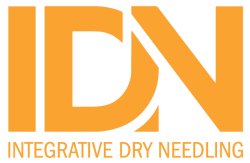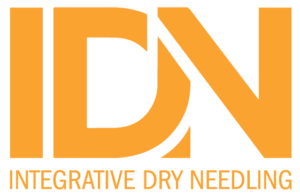Comparison of the effectiveness of botulinum toxin, dry needling, pharmacological treatment, and manual therapy for bruxism-induced myalgia: a prospective randomized study
J Oral Facial Pain Headache. 2024 Dec;38(4):101-110. doi: 10.22514/jofph.2024.043. Epub 2024 Dec 12. ABSTRACT Bruxism is a significant phenomenon that should not



